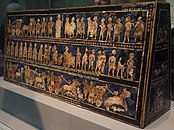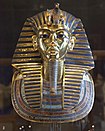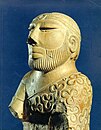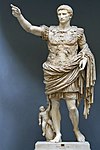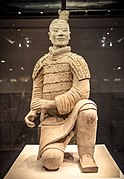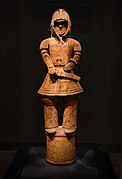古代史
古代世界,或者古代史一词,用法相当模糊。
时间上限[编辑]
其所指称的历史时期依各文明发展情况快慢而有所不同,但就其上限而言,一般是以出现文字作为古代史与史前史之分界。
时间下限[编辑]
古代史之下限,则各文明不同。
就中国历史而言,依照目前中国大陆的官方史学,称呼1840年以前的全部中国历史为“中国古代史”。 在台湾、海外,“古代史”可能为先秦的同义语(此时又称“上古史”)[1][2];以内藤湖南为代表的多数日本史学家则以东汉灭亡为中国古代史的下限(如谷川道雄《世界帝国的形成》)。
欧洲历史通常以西罗马帝国灭亡(476年)为下限[3][4];也有以610年为下限。
日本历史通常以1192年镰仓幕府建立,或者是1160年代平清盛建立第一个武家政权为从古代到中世的下限。
古代史后之历史时期,一般称为“中世纪”或“中古”;但如采用1840年以前为“中国古代史”这种说法时,之后就直接衔接“中国近代史”。
参考资料[编辑]
- ^ Foster, S. (2007). Adventure Guide. China (页面存档备份,存于互联网档案馆). Hunter travel guides. Edison, NJ: Hunter Publishing. p. 6-7 (cf., "Qin is perceived as 'China's first dynasty' and [... developed] writing.)
- ^ Gernet, J. (1996). A History of Chinese Civilization. Cambridge: Cambridge University Press.
- ^ Clare, I. S. (1906). Library of universal history: containing a record of the human race from the earliest historical period to the present time; embracing a general survey of the progress of mankind in national and social life, civil government, religion, literature, science and art. New York: Union Book. Page 1519 (cf., Ancient history, as we have already seen, ended with the fall of the Western Roman Empire; [...])
- ^ United Center for Research and Training in History. (1973). Bulgarian historical review. Sofia: Pub. House of the Bulgarian Academy of Sciences]. Page 43. (cf. ... in the history of Europe, which marks both the end of ancient history and the beginning of the Middle Ages, is the fall of the Western Roman Empire.)

